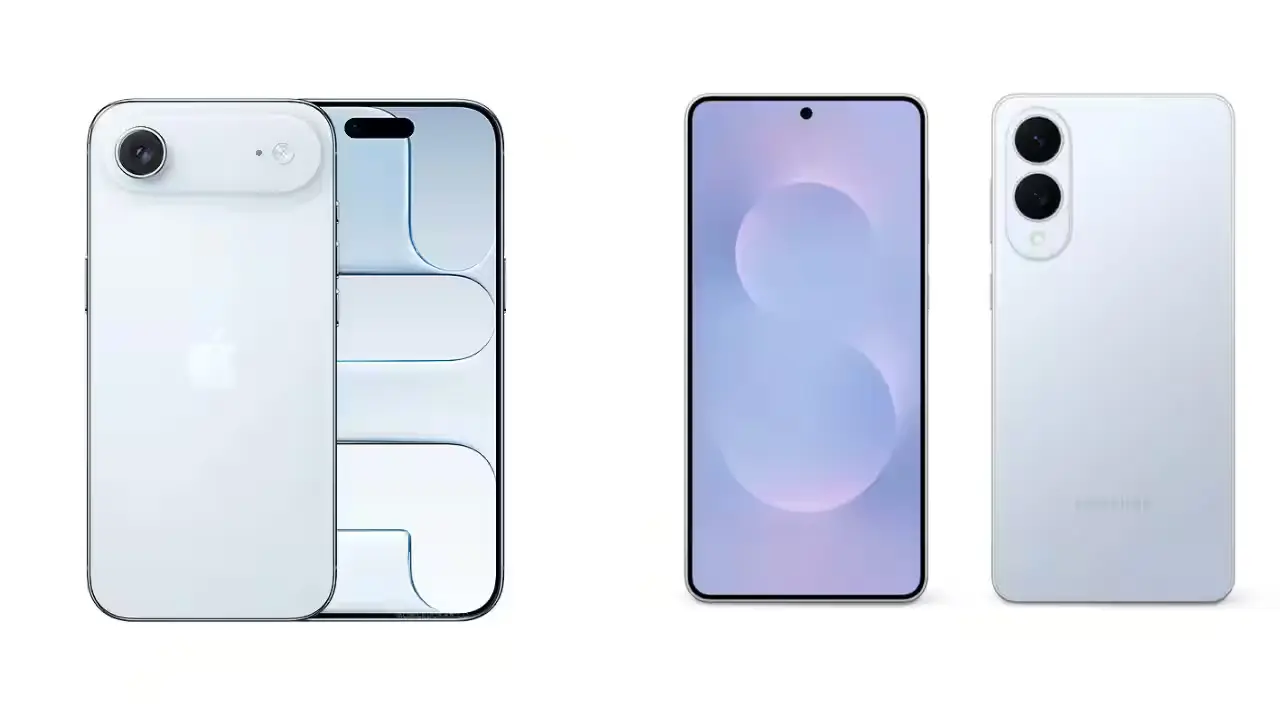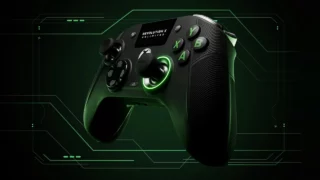With its new iPhone Air, Apple offers not only the C1X 5G modem and N1 wireless chip, but also an LTPO OLED display. The company claimed these hardware consume 30 percent less power compared to the Snapdragon X75, aiming to compensate for the smaller battery capacity. However, in a comprehensive battery consumption test conducted by PhoneBuff, the Samsung Galaxy S25 Edge prevailed over the more ambitious Apple model.
In the first stage of the test, the iPhone Air took the lead in the one-hour call segment. In the email browsing segment, both flagships performed similarly. However, the Galaxy S25 Edge gained the upper hand in the browser scrolling test and maintained this advantage throughout the 16-hour standby time.

While the iPhone Air came close to closing the gap in the game Alto’s Adventure, the Galaxy S25 Edge again took the lead in the Google Maps test, which uses Wi-Fi and GPS intensively. The creator’s focus here was on the speakers. Throughout the test, both devices were operated at 200 nits of screen brightness, and the audio levels were balanced. However, compared to the Galaxy S25 Edge’s stereo speakers, the iPhone Air’s single speaker had to consume more power to achieve the same volume.
The iPhone Air and Galaxy S25 Edge competed fiercely in battery life
In the final stage of the test, Snapchat, the iPhone Air lost a few points. It’s unclear whether this was due to Apple’s notorious hardware efficiency or Snapchat being better optimized for iOS. Although the gap has narrowed somewhat, the Galaxy S25 Edge managed to maintain its lead.
The results were as follows:
iPhone Air
- Active use: 9 hours 58 minutes
- Standby time: 16 hours
- Total: 25 hours 58 minutes
Galaxy S25 Edge
- Active use: 9 hours 59 minutes
- Standby time: 16 hours
- Total: 25 hours 59 minutes
While PhoneBuff reported the test to be a draw, the numbers suggest the Galaxy S25 Edge triumphed, lasting only a few seconds longer. In short, despite Apple’s efficient hardware, Samsung’s larger battery holds the edge, albeit slightly.













